The Defense Nuclear Facilities Safety Board (DNFSB) is an independent safety board. In a recent report, the DNFSB raised serious concerns about the lack of training of LANL workers to properly handle nuclear materials.
Many safes constructed to contain nuclear materials require an empty buffer zone of six inches around them. However there have been several incidents in which items were discovered atop the safes. These events caused managers to add “operator aids” to help their workers identify which safes must remain clear.
The DNFSB report mentioned that inspectors found items placed on several nuclear material safes and a welding curtain propped up against another. The report said, “Facility personnel are working on methods to prevent these occurrences. This is a challenge given the rapid increase of staffing in the facility.”
The report claims that it is an especially problematic situation because construction workers and trades people are not trained to deal with these “criticality safety” postings the way that nuclear material handlers are. Criticality is the point at which a nuclear reaction becomes self-sustaining which can result in an explosion. The LANL did not respond to questions about the DNFSB report.
Critics of the LANL procedures say that these failures occur because of mixed crews carrying out daily operation at the facilities with construction crews not trained to work in a nuclear environment. Manages who are trying to deal with the chaos encounter difficulties.
Greg Mello is an executive director of the nonprofit Los Alamos Study Group. He said, “They have new workers being trained, construction workers on the site, schedule pressures [and] they frequently work at night. Everything is very crowded. You add it all up together, and it’s not a good situation for safety.”
The number of workers and the possibility of additional problems will increase as the LANL comes closer to constructing the plutonium pits needed to detonate nuclear warheads according to Mello. Putting so many workers into the building could overload its capacity.
Federal officials are asking the LANL to construct thirty of the pits a year by 2026. They also intend to have the Savannah River Site in South Carolina manufacture an additional fifty plutonium pits per year in the 2030s.
Jay Coghlan is an executive director of Nuclear Watch New Mexico. He said, “Los Alamos is rapidly ramping up, and doing a lot of new hires.” He added that the LANL has a bad record of worker safety problems at its plutonium facility. Expanding the number of on-site workers there will exacerbate an already unsafe situation.
Mello said that overhauling a facility that was built in the late 1970s to adhere to modern safety and fire codes and meet the demand of the upcoming pit production is an expensive, complex project. He said that it seems inevitable that construction tasks will impact plutonium operations. He added that “It has so many different, moving parts, and they all have to work together in the right order, And it’s very complicated.”
According to the DNFSB report, when areas are required to remain clear, workers paint “no storage zones” on the floor and rope them off. In the long term, managers intend to assess controls, such as installing a physical cage around safes containing nuclear materials and training workers who don’t usually deal with nuclear materials.
Blog
-
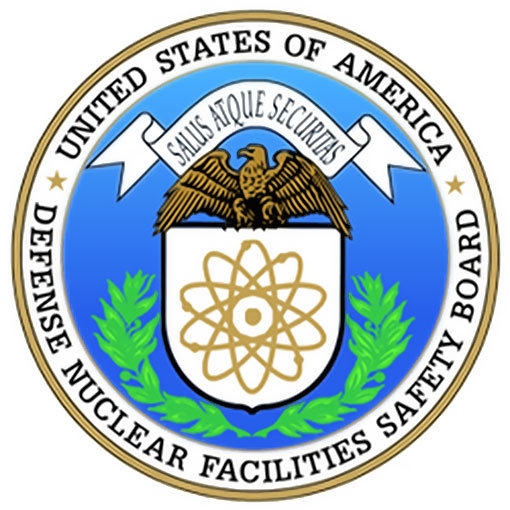
Nuclear Weapons 755 – Problems With Rebuilding The Los Alamos National Laboratory Plutonium Pit Facility
-
Nuclear News Roundup Nov 02, 2021
Time for nuclear, Australian union says world-nuclear-news.org
South Korea interested in Polish nuclear project thefirstnews.com
The French Navy’s damaged nuclear sub is out at sea once more defensenews.com
First ‘complete’ Framatome ATF assembly loaded in PWR world-nuclear-news.org
-
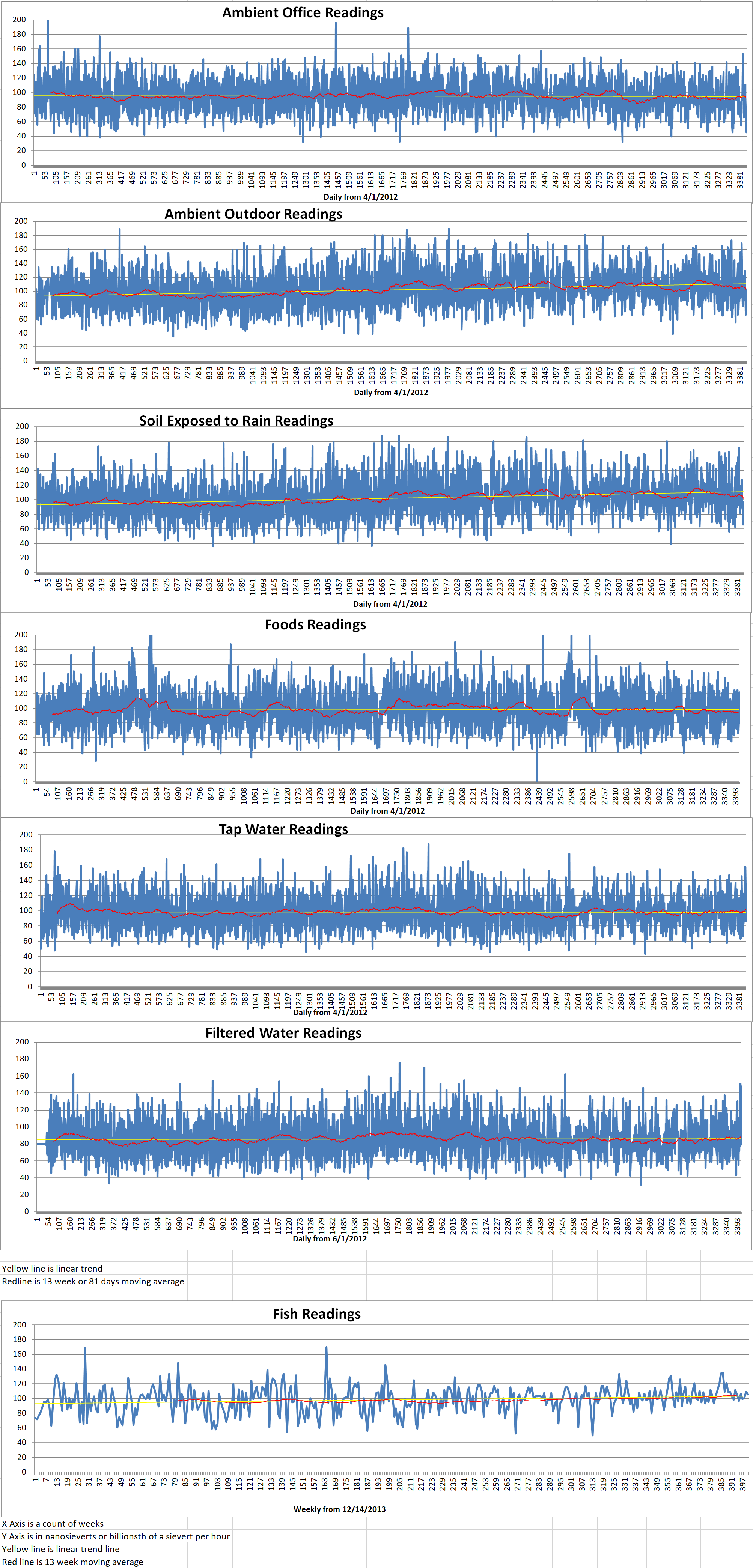
Geiger Readings for Nov 02, 2021
Ambient office = 76 nanosieverts per hour
Ambient outside = 84 nanosieverts per hour
Soil exposed to rain water = 87 nanosieverts per hour
Red bell pepper from Central Market = 87 nanosieverts per hour
Tap water = 119 nanosieverts per hour
Filter water = 109 nanosieverts per hour
-
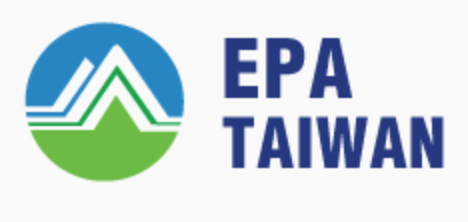
Nuclear Reactors 967 – Taiwan Does Not Consider Nuclear Power To Be Green Energy
There is a major worldwide debate about nuclear power that has important implications for its use. On one side of the debate, some analysts believe that nuclear power should be considered to be “green energy” because operation of a nuclear power plant produces very little carbon dioxide. On the other side to the debate, analysts say that the construction, fueling and waste handling with respect to nuclear power do produce a significant amount of carbon dioxide. Over the life of a nuclear power reactor, it will produce more carbon dioxide than wind, solar, geothermal and hydro power sources.
Chang Tzi-chin is the Minister of the Taiwan Environmental Protection Administration (EPA). During a legislative session in Taipei on Thursday, he said that nuclear power cannot be considered to be green energy. That means that carbon reduction still requires renewable energy, energy efficiency, or carbon capture and storage technology.
He considers this to be the mainstream view around the world. Environmental, social and governance investments (ESG) prohibit investing in nuclear power plant projects. MSCI is the most reputable aggregator of investment indices. It generates ESG lists by first excluding companies in the nuclear power, arms, gambling and pornography industries. Many funds that consult the MSCI ESG indices do not buy stocks or bonds of companies involved in those industries. After disregarding any of the prohibited companies, it looks at how a company’s performance indicators meet sustainability requirements. Most power plants in other countries are privately owned but many are publicly traded. MSCI-listed ESG funds ignore companies that generate revenue from nuclear power.
For the past few years, the European Union (EU) has been publicizing it Green Deal. This is a transformation of the EU energy sector. It has adopted the EU energy classification system. This is a transparency tool that lists economic activities that meet sustainability standards. Companies that meet the standards are allowed to issue green bonds. These bonds have lower borrowing costs and fewer administrative procedures. Any fund that claims to be ESG must reveal how sustainable the companies in their portfolios really are. The EU classification system excludes nuclear power generation. Nuclear power can’t be used to account for carbon reduction efficiency.
The EU position is that carbon reduction cannot be achieved to the detriment of the other environmental objectives. These include eliminating radioactive waste or protecting biodiversity. They believe that carbon reduction must “do no significant harm” to the environment. With respect to nuclear power, it is considered to be a major hazard in Taiwan, which is a densely populated country located in an earthquake zone.
Another example of this concern is the proposed third liquified natural gas (LNG) terminal off the coast of Datan Borough in Taoyuan’s Guanyin District. The infrastructure for the LNG terminal has been moved farther out to sea away from the coastline and the shipping lane will not be dredged which will minimize damage to an algal reef. Even if the terminal is part of the fight against air pollution, it must comply with the principle of not causing any harm to other aspects of the environment.
There are referendums being held next month in Taiwan that have either distorted the issue of nuclear power or have become highly politicized. Perhaps the logic that supports today’s ESG trend in global finance can assist the public to better comprehend the issue and make more informed decisions. -
Nuclear News Roundup Nov 01, 2021
Romania to work with NuScale on small nuclear power reactors finance.yahoo.com
Uranium producers feel impact of supply chain issues world-nuclear-news.org
Regulator OKs fix to Flamanville EPR nozzle welds world-nuclear-news.org
Primorsky named as possible nuclear power plant location world-nuclear-news.org
-
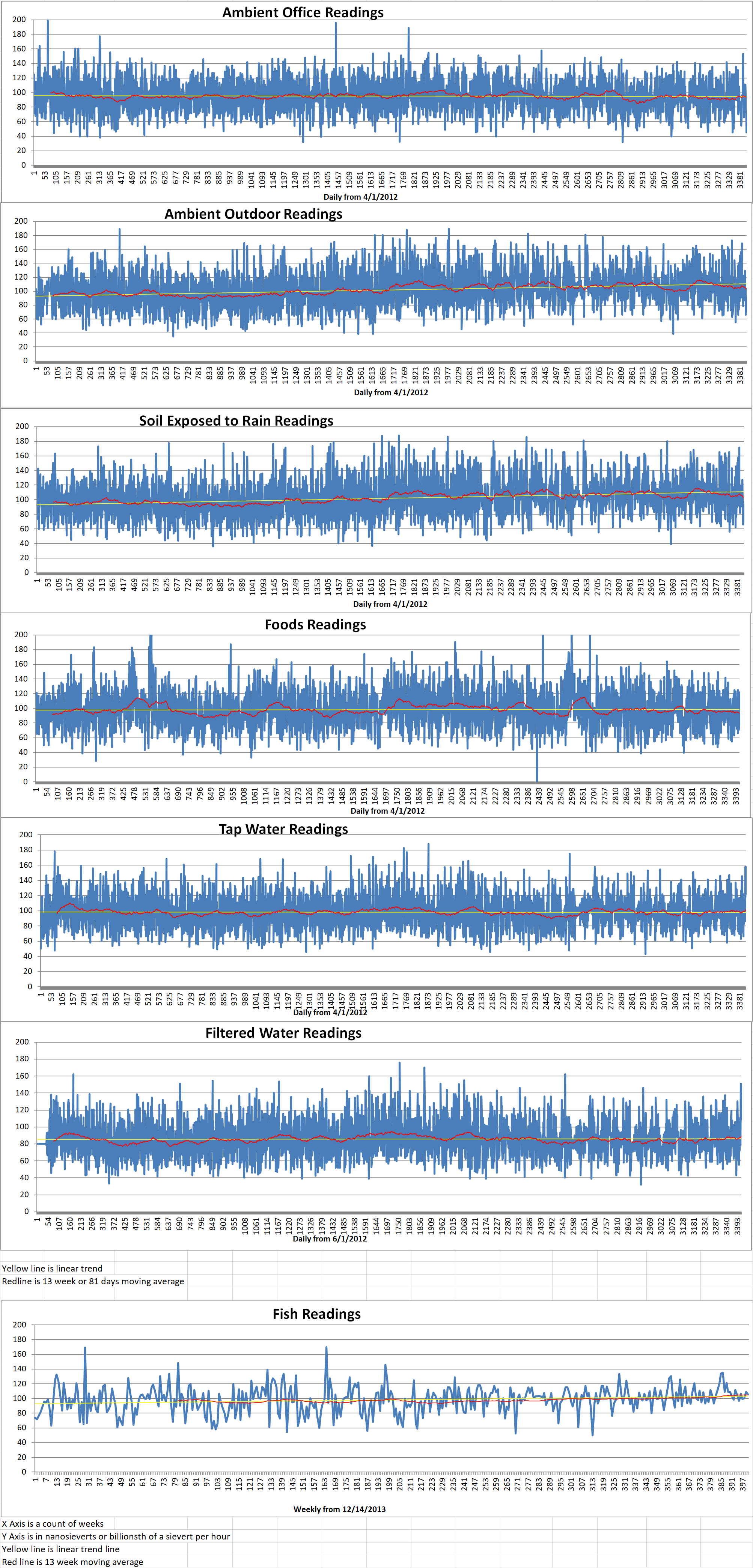
Geiger Readings for Nov 01, 2021
Ambient office = 76 nanosieverts per hour
Ambient outside = 84 nanosieverts per hour
Soil exposed to rain water = 87 nanosieverts per hour
English cucumber from Central Market = 87 nanosieverts per hour
Tap water = 119 nanosieverts per hour
Filter water = 109 nanosieverts per hour
-
Nuclear News Roundup Oct 31, 2021
Trilateral commitment to sustainability in the decommissioning of legacy nuclear sites www.gov.uk
Long-term safety of Forsmark reviewed by IAEA world-nuclear-news.org
Rosatom plans 10 new large nuclear units by 2035 neimagazine.com
Questions remain over the UK’s nuclear power plans the guardian.com
-
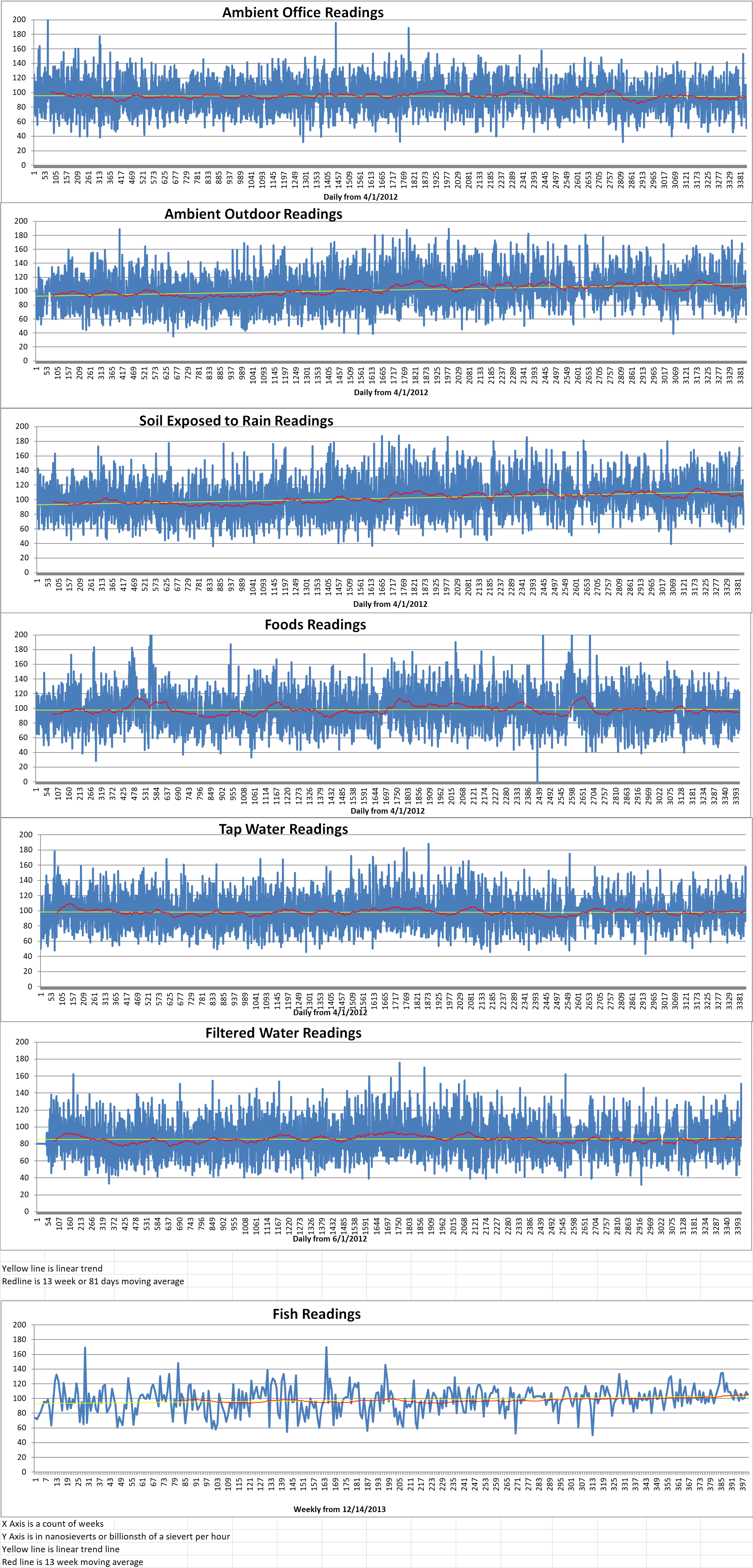
Geiger Readings for Oct 31, 2021
Ambient office = 76 nanosieverts per hour
Ambient outside = 84 nanosieverts per hour
Soil exposed to rain water = 87 nanosieverts per hour
Blueberry from Central Market = 87 nanosieverts per hour
Tap water = 119 nanosieverts per hour
Filter water = 109 nanosieverts per hour
-
Nuclear News Roundup Oct 30, 2021
U.S. Suspends Nuclear Trade With Chinese Group armscontrol.org
The US Navy has figured out what a nuclear-powered attack submarine ran into in the South China Sea: report news.yahoo.com
International team notes improvements at Ostravets world-nuclear-news.org
Ten EU nations call for nuclear’s inclusion in taxonomy world-nuclear-news.org
-
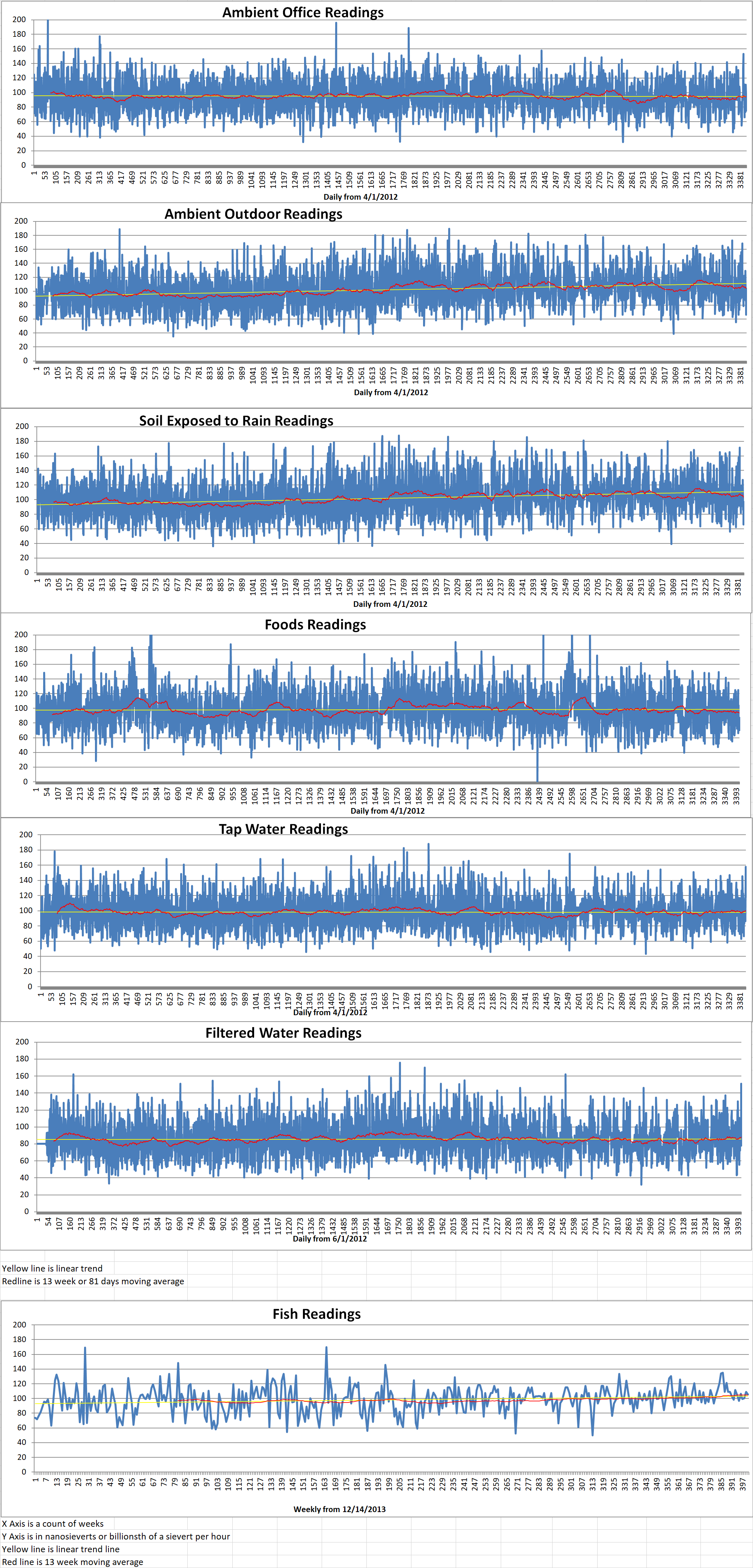
Geiger Readings for Oct 30, 2021
Ambient office = 76 nanosieverts per hour
Ambient outside = 84 nanosieverts per hour
Soil exposed to rain water = 87 nanosieverts per hour
Tomato from Central Market = 87 nanosieverts per hour
Tap water = 119 nanosieverts per hour
Filter water = 109 nanosieverts per hour
Dover sole – Caught in USA = 106 nanosieverts per hour
